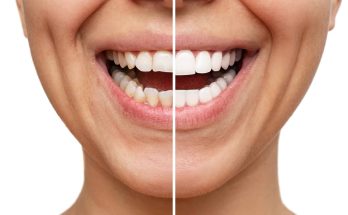The condition caused by walking illness, often known as Having strong legs has several benefits, including improved body symmetry, reduced risk of osteoporosis, less body fat, and a strengthened core.
Improving your health and overall physique should be your first aim while training your legs. The legs are the foundation of a sound body. Exercising the legs offers various benefits, including the following:
The glutes, followed by the quadriceps and the hamstrings, contain the most muscle fibres per unit area of the human body. The calves are the large muscles at the inside of the lower leg. In terms of physical fitness, most individuals want to improve their strength and reduce their body fat percentage. Focus on strengthening your legs as much as possible throughout your workouts. If you want to increase the difficulty of your workouts, you need to build up the muscle in your legs so that you can put more pressure on them. More strength is needed to lift more weight, which results in a higher caloric expenditure. The increased metabolic rate that results greatly aids in the decrease of body fat.
Best Capacity
The capacity to generate force via the legs is crucial in almost every activity. Strength in the lower body is directly proportional to speed and power since it allows you to create the most force in the shortest amount of time. The Leg day workout is important here.
Squatting and lunging are two functional exercises that may help strengthen the knee joint and increase its stability. According to the American Council on Exercise, this is the most effective way to protect your anterior cruciate ligament (also known as an ACL, which refers to a kind of knee ligament). Having a good sense of equilibrium is also important for maintaining physical control.
The hips are prone to injury in runners, but strength training activities like squats and deadlifts may help strengthen and stabilise them. Plus, studies suggest that strength training might help athletes increase their stamina. Participants who worked on strengthening their lower bodies had a noticeable advantage over those who hadn’t.
Doing leg strength exercises is preferable to regular aerobic exercise for maintaining a healthy metabolism
Regularly engaging in leg strengthening exercises may help reduce back pain brought on by shortened and tight hip flexors and weakened hamstrings. Hip flexor stretches and exercises that strengthen the hamstrings, glutes, and abs are the most effective means of doing this.
Squats, deadlifts, and lunges are all good workouts that may help you increase your range of motion. Once you’re familiar with the routine and have achieved the appropriate level of mobility, you’ll be able to add additional weight to your lifts without risking injury.
If you take good care of your legs, it will pay off in little ways every day. Squatting and engaging your glutes is a lot better method than arching your back if you want to prevent back discomfort while lifting heavy objects. You can’t rely on your strong arms to change this.
Conclusion
Research shows that strengthening your legs not only increases your calorie burn but also forces your glands to produce the muscle-building substances known as growth hormone (GH) and testosterone. Hormones play crucial roles in a variety of bodily processes, including cell division and growth, muscle and bone development, and male and female reproductive health.




